What’s Up?
Multiple IPT veteran and good friend Luis Grunauer and I left San Diego at 4:30am and photographed at Bolsa Chica Lagoon. I had not been there for many years. The good news is that we had two pairs of Surf Scoters and lots of drake Buffleheads at close range. The bad news is that it was cloudy dark the whole time. The fun started after brunch as we headed up toward Morro Bay, a busman’s holiday for me. My computer was about out of juice so we headed to the nearest WalMart so that I could purchase an inverter. They were out of stock so we headed through LA traffic to Fry’s Electronics in Manhattan Beach where I picked one up. That after it took us 30 minutes to find a parking spot. Mercifully, he was successful.
We had hoped to make the mouth of the Santa Maria River for an afternoon session but that is not looking likely as I type at 2:00pm … By 4pm we were in the middle of a nasty rainstorm with strong winds, dropping temps, and power outages.
If you are considering a switch to SONY you might wish to purchase a copy of The Flight Photography Editing and Education Video Part I below to get an idea of the deadly AF accuracy with the a9 II/200-600 combo. Under examination at 100% with the Capture One loupe, all 530 unedited flight images were either sharp, very sharp, or razor-laser sharp …
I was thrilled to learn that two couples and a single had signed up for the 2021 Galapagos trip; just five more folks are needed by 15 June to make that one a go. In addition, multiple IPT vet Warren Robb signed up for the first Homer Bald Eagle IPT. Now, there are just two slots open on each trip. Scroll down for details.
Homer Bald Eagle Photography Lessons
Click on the play triangle to learn about getting the right exposure for black and white subjects in sun or on cloudy or snowy days, the best lenses for eagle photography in Homer, creating pleasing blurs, basic and advanced composition, and tons more in this free video. Click on the little broken white square lower right next to YouTube to view the video full screen. Hit Escape to exit full screen. Enjoy!
|
|
|
This image was made with the handheld Canon 800mm f/5.6L IS lens rested on the gunnels of the boat. If you missed the Homer IPTs announcement (there are two separate trips), or if you are thinking of attending, be sure to see the complete offering here. Image #29: Emperor Goose |
Rarities in Homer
Aside from a gadzillion Bald Eagles and virtually non-stop flight photography, we have encountered some of North America’s most highly sought-after avian rarities. Those have included Emperor Goose (above), Slaty-backed Gull, and Yellow-billed Loon. Who knows what we might turn up this year? Heather Forcier discovered this mega-rarity by looking out the restaurant window at Land End just as lunch was being served. We had cold burgers two hours later!
More On Homer
For the first trip only, I am offering a $500/person discount for those who sign up with a friend or spouse. You can access the complete trip offering here.
IPT #1: FEB 25 through the full day on MAR 1, 2020. Six full days: $4799.00. Limit 5 photographers/Openings: 2.
IPT #2: MAR 3 through the full day on MAR 7, 2020. Five full days: $3999.00. Limit 5 photographers/Openings: 2.
Via e-mail from Multiple IPT veteran Greg Ferguson:
I attended this IPT in 2011 and can only say it was the most intensive bird photography I have ever experienced. My arms were tired and sore from shooting so many action photos. It is highly recommended! I called Jim today and signed up for a reprise. Greg
Via e-mail from Multiple IPT veteran Dick Curtain:
I attended the Homer IPT in the past and can only say it was a great experience. Many eagles, beautiful scenery, great instruction, and many fond memories. Don’t miss it.
IPT Updates
Coming very soon: a mid-March Spoonbill Boat IPT, a spring Fort DeSoto Sandbar Secrets IPT, and a Nickerson Beach IPT this summer.
Do check out the Galapgos Gallery here.
- The GALAPAGOS Photo Cruise of a Lifetime IPT/The Complete Galapagos Archipelago Photographic Experience. August 17-31, 2021 on the boat. 13 FULL and two half-days of photography: $14,999.00. Limit: 12 photographers plus the leader; openings: 7.
You can see complete IPT info and details here.
Money Saving Reminder
If you need a hot photo item that is out of stock at B&H, would enjoy free overnight shipping, and would like a $50 discount on your first purchase over $1000.00, click here to order and enter the coupon code BIRDSASART at checkout. If you are looking to strike a deal on Canon or Nikon gear (including the big telephotos) or on a multiple item order, contact Steve Elkins via e-mail or on his cell at (479) 381-2592 (Eastern time) and be sure to mention your BIRDSASART coupon code and use it for your online order. Steve has been great at getting folks the hot items that are out of stock at B&H. Those include the SONY a7r IV, the SONY 200-600, the SONY 600mm f/4 GM, and the Nikon 500mm PF. Steve is eager to please.


Gear Questions and Advice
Too many folks attending BAA IPTs and dozens of photographers whom I see in the field and on BPN, are–out of ignorance–using the wrong gear especially when it comes to tripods and more especially, tripod heads… Please know that I am always glad to answer your gear questions via e-mail. Those questions might deal with systems, camera bodies, accessories, and/or lens choices and decisions.
|
|
The Flight Photography Editing and Education Video Part IClick here to purchase. |
The Flight Photography Editing and Education Video
In the recent B&H Event Space Photographing Birds in Flight video (here if you missed it) I touched briefly upon the basics of wing positions, poses, and lighting. I realized that there is so much more to cover that I needed to do a few videos that address those topics in detail. With incredibly accurate tracking AF systems and super-fast frame rates, today’s best modern equipment is capable of producing hundreds of sharp flight images in a single session. Just how do you pick the best ones? In this 49-minute video presentation, you can sit beside me as I review 579 flight images on my laptop. All of the images were made on a single day on the San Diego IPT.
In the first section, I review 49 keepers from the morning session pointing out in great detail the positives and negatives of each image. In the next session, I edit (pick my keepers) from 530 flight shots made that afternoon. Keep or delete? What are the nuances that determine the fate of each image? All are covered in this video, the first of a series, I hope … You will learn dozens of flight photography fine points
As stated here previously, I edit (pick my keepers) and convert my SONY images in Capture One after Ingesting them in Photo Mechanic. The SONY images have only small JPEGs embedded while Canon and Nikon bodies have full-sized JPEGs embedded in every RAW file even if you are not capturing RAW + JPEG. Thus, when you attempt to check a SONY image for critical shaprness in Photo Mechanic as it will not enlarge nearly enough to do so. The loupe in Capture One does that brilliantly with images from all three of the aforementioned systems.
Part I deals mostly with birds flying toward the photographer. I am hoping to do a similar video featuring birds flying from side to side. It all depends on the wind.
Today’s three featured images are four of the photos that earned a B (GREEN color tag). I should have given a B to one or two of the Heerman’s Gulls in flight in front of the grey storm cloud … They are near the end of the video.
You can purchase your copy of the Flight Photography Editing and Education Video Part I for $19 from the BIRDS AS ART Online Store by clicking here or by sending a Paypal to e-mail. If the latter, please include the name of the video in your Paypal. A link to the video will be sent via e-mail. The file is 1.2GB so you will need a good internet collection for the download.
|
|
My Capture One Editing Keyboard Shortcuts |
Click to enlarge.
My Capture One Editing Keyboard Shortcuts
To set up your Capture One for editing the way that I do as described in the video, go to Edit > Edit Keyboard Shortcuts > Adjustments > Color Tag. I used T to tag my keepers (RED), A to untag, and B (GREEN) for “Best” to designate potential family-jewels type images.
|
|
|
This image was created on January 11, 2020 at La Jolla, CA. I used the hand held Sony FE 200-600mm f/5.6-6.3 G OSS lens (at 600mm) with the blazingly fast AF King, the Sony Alpha a9 II Mirrorless Digital camera body. ISO 400: 1/1250 sec. at f/6.3 in Manual mode. Exposure determined by Zebras: 1/3200 sec. at f/7.1 in Manual mode. AWB at 10;22am on a clear sunny day. Wide Continuous tracking (C) AF worked perfectly by getting razor-sharp focus on the bird’s eye. Click to enlarge and enjoy the spectacular larger version. Image #1: Western Gull turning in flight |
Be Aggressive
When attempting to photograph birds in flight, be aggressive. Once you acquire focus with the bird in the zone, flying toward or parallel to you, filling 1/3 to 1/2 the frame, and within ten or fifteen degrees of light angle, hold the hammer down. There is simply no way to predict the instant that will produce a stunning pose. Once the bird is past you — its tail is closer to you than its head — let up. Firing off 100 images of a single bird on one pass will not impress anyone; 100% of your too-small-in-the-frame and butt shots will be insta-deletes.
|
|
|
This image was also created on January 11, 2020 at La Jolla, CA. I used the hand held Sony FE 200-600mm f/5.6-6.3 G OSS lens (at 335mm) with the blazingly fast AF King, the Sony Alpha a9 II Mirrorless Digital camera body. ISO 400: 1/1250 sec. at f/6.3 in Manual mode. Exposure determined by Zebras: 1/2500 sec. at f/7.1 in Manual mode. AWB at 10:56am on a clear sunny day. Wide Continuous tracking (C) AF worked perfectly by getting razor-sharp focus on the bird’s eye. Click to enlarge and enjoy the spectacular larger version. Image #2: Heerman’s Gull taking flight |
Behavioral Knowledge
One of the things explained in the video is that when you see one tern land amongst a group of terns on a beach, the chances are excellent that more terns will be joining the flock. Once I saw a single Royal Tern land, I hustled the group into position with the wind and the light behind us. We were well rewarded with many great chances.
|
|
|
This image was created on January 11, 2020 at Coronado Beach, CA. Again I used the hand held Sony FE 200-600mm f/5.6-6.3 G OSS lens (at 459mm) with the blazingly fast AF King, the Sony Alpha a9 II Mirrorless Digital camera body. ISO 500: 1/1250 sec. at f/6.3 in Manual mode. Exposure determined by Zebras: 1/2500 sec. at f/7.1 in Manual mode. AWB at 4:32pm on a somewhat hazy afternoon. Wide Continuous tracking (C) AF worked perfectly by getting razor-sharp focus on the bird’s eye. Click to enlarge and enjoy the spectacular larger version. Image #3: Royal Tern braking to land |
Sometimes You’ve Just Got to Use Your Noggin
Many gulls were landing on the edge of the low cliff near The Crevice. Every time a big was would hit they would take flight. I counseled the group to acquire focus on any gull on the edge and fire off a few frames just as a wave hit. Lots of us hit bingo.
Patrick and I witnessed something we had never seen before: a young Western Gull was smashed by a wave while floating in the shallow water and tumbled around as if it were in washing machine. Then it flew off.
I’ve been remiss in not mentioning that all of the spots that we visited on recently -concluded IPT (along with many more) are covered in detail in the San Diego Site Guide.
The SONY Zebras Exposure Guide Short Video
If you own a high-end SONY camera body, there is absolutely no reason that you should not be getting a perfect or near-perfect exposure every time with every image even in the most difficult situations — white birds, dark backgrounds, dark birds against white skies, simply pick your shutter speed and aperture and then adjust the ISO on the Control Wheel until you see faint Zebras. It’s that simple. Learn how in the SONY Zebras Exposure Guide Short Video. To order your copy, please send a Paypal to us at birdsasart@verizon.net for $30. Please state in the Paypal that the payment is for the SONY Zebras Exposure Guide Short Video.
Alternatively, you can place a phone order for the SONY Zebras Exposure Guide by calling Jim at 863-692-0906 MON to THURS and most FRI mornings.
Folks who have purchased a SONY lens and/or a SONY body using either my B&H affiliate links or from Steve Elkins at Bedfords will enjoy a $20 discount. If you qualify, please shoot me an e-mail so that I can confirm your discount.
Folks who have purchased the SONY 600mm f/4 GM lens using my links will receive the file for free. If you qualify for a free copy, please shoot me an e-mail so that I can confirm your discount.
After I confirm your discount, you can either call Jim or send us a Paypal (as above).
If In Doubt …
If you are in doubt about using the BAA B&H affiliate link correctly, you can always start your search by clicking here. Please note that the tracking is invisible. Web orders only. Please, however, remember to shoot me your receipt via e-mail.


Please Remember to use my Affiliate Links and to Visit the BAA Online Store 🙂
To show your appreciation for my continuing efforts here, we ask, as always, that you get in the habit of using my B&H affiliate links on the right side of the blog or Bedfords, for all of your photo and electronics purchases. Please check the availability of all photographic accessories in the New BIRDS AS ART Online Store, especially the Mongoose M3.6 tripod head, Wimberley lens plates, Delkin flash cards and accessories, and LensCoat stuff.
As always, we sell only what I have used, have tested, and can depend on. We will not sell you junk. We know what you need to make creating great images easy and fun. And please remember that I am always glad to answer your gear questions via e-mail.
I would, of course, appreciate your using our B&H affiliate links or Bedfords for all of your major gear, video, and electronic purchases. For the photographic stuff mentioned in the paragraph above, and for everything else in the new store, we, meaning BAA, would of course greatly appreciate your business. Here is a huge thank you to the many who have been using our links on a regular basis and those who will be visiting the New BIRDS AS ART Online Store as well.
Be sure to like and follow BAA on Facebook by clicking on the logo link upper right.
Typos
In all blog posts and Bulletins, feel free to e-mail or to leave a comment regarding any typos or errors. Just be right :).

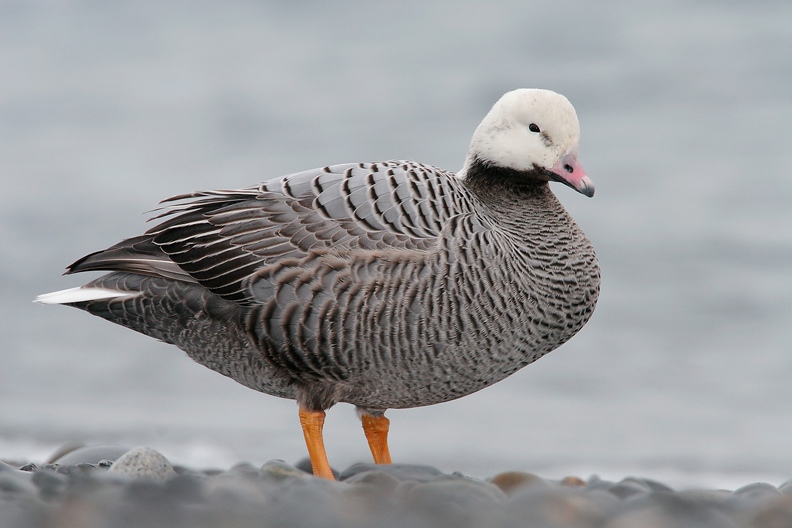

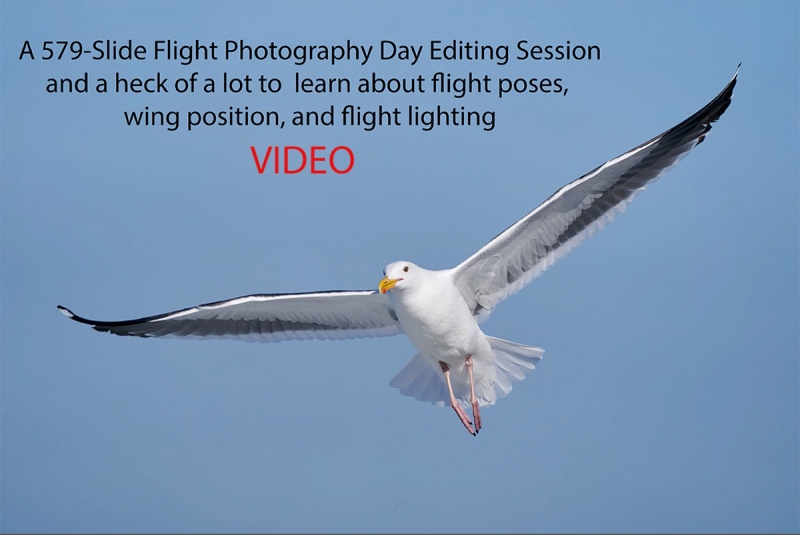
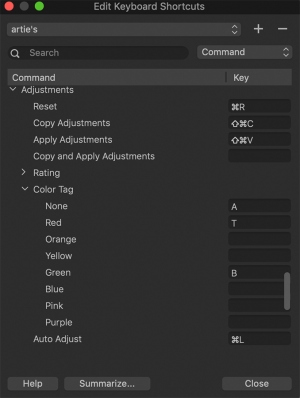
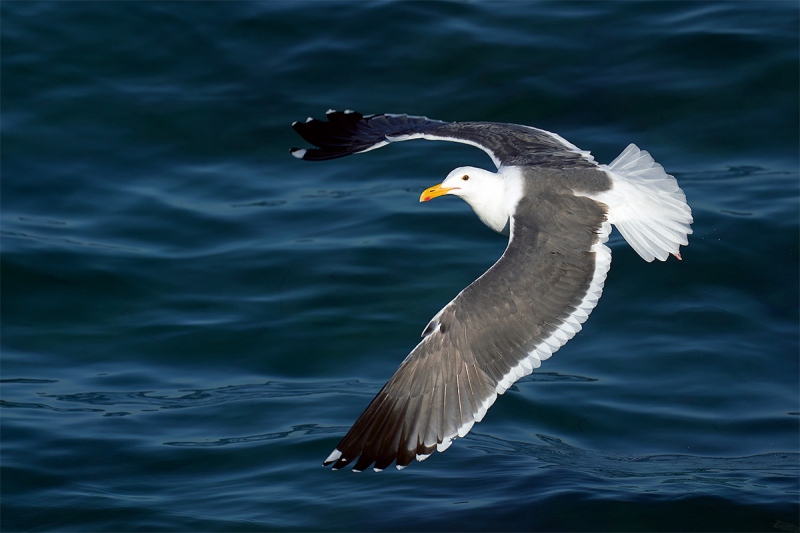
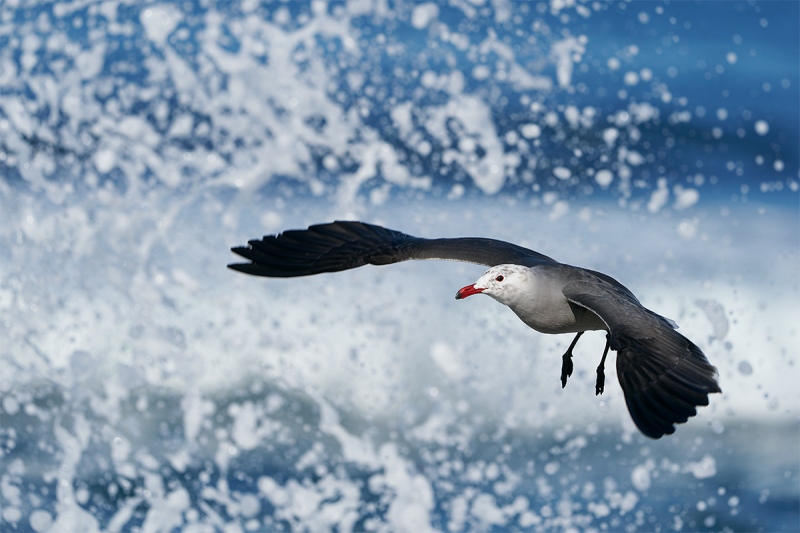
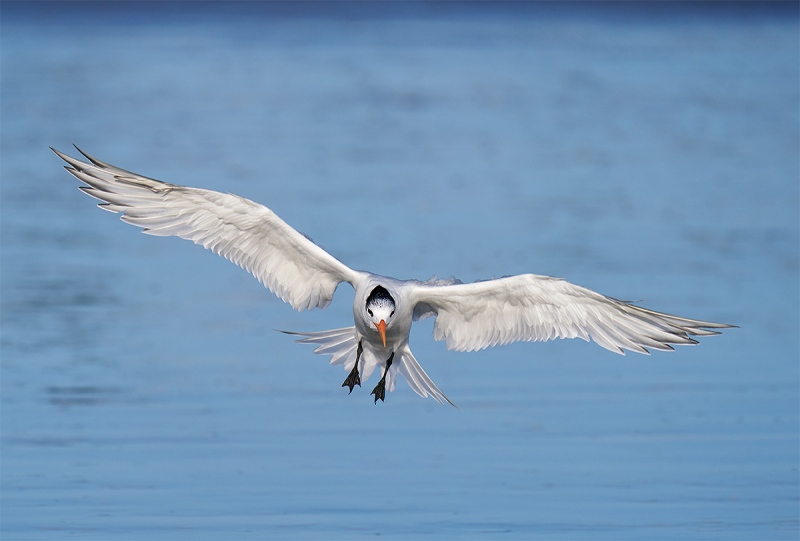













Thanks, Brooke and David, I had the image ID #s transposed.
It should be fixed now.
with love, artie
Artie: wonderful images as always. But I think you have the bird IDs in images 2 and 3 reversed.
typo: You’ve got the titles on images 2 and 3 switched.